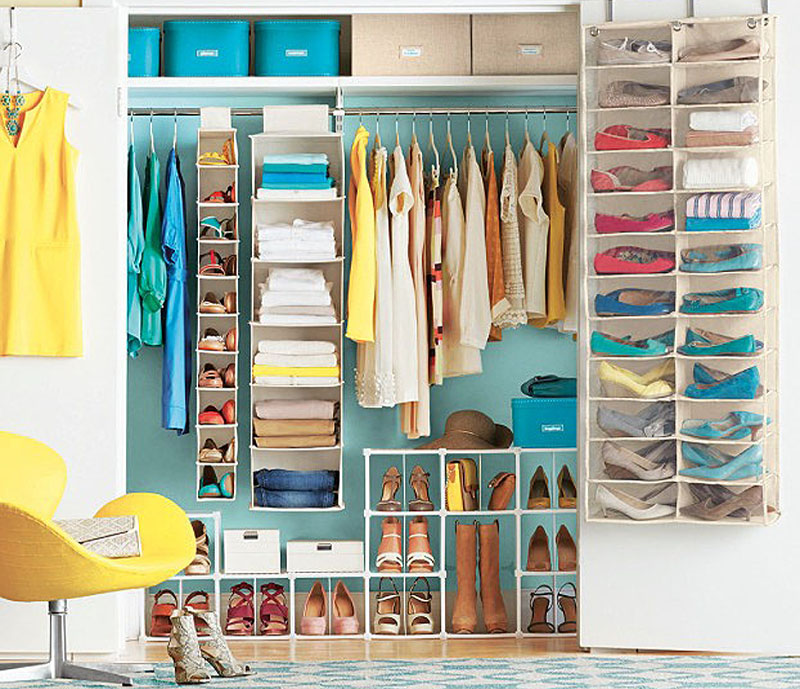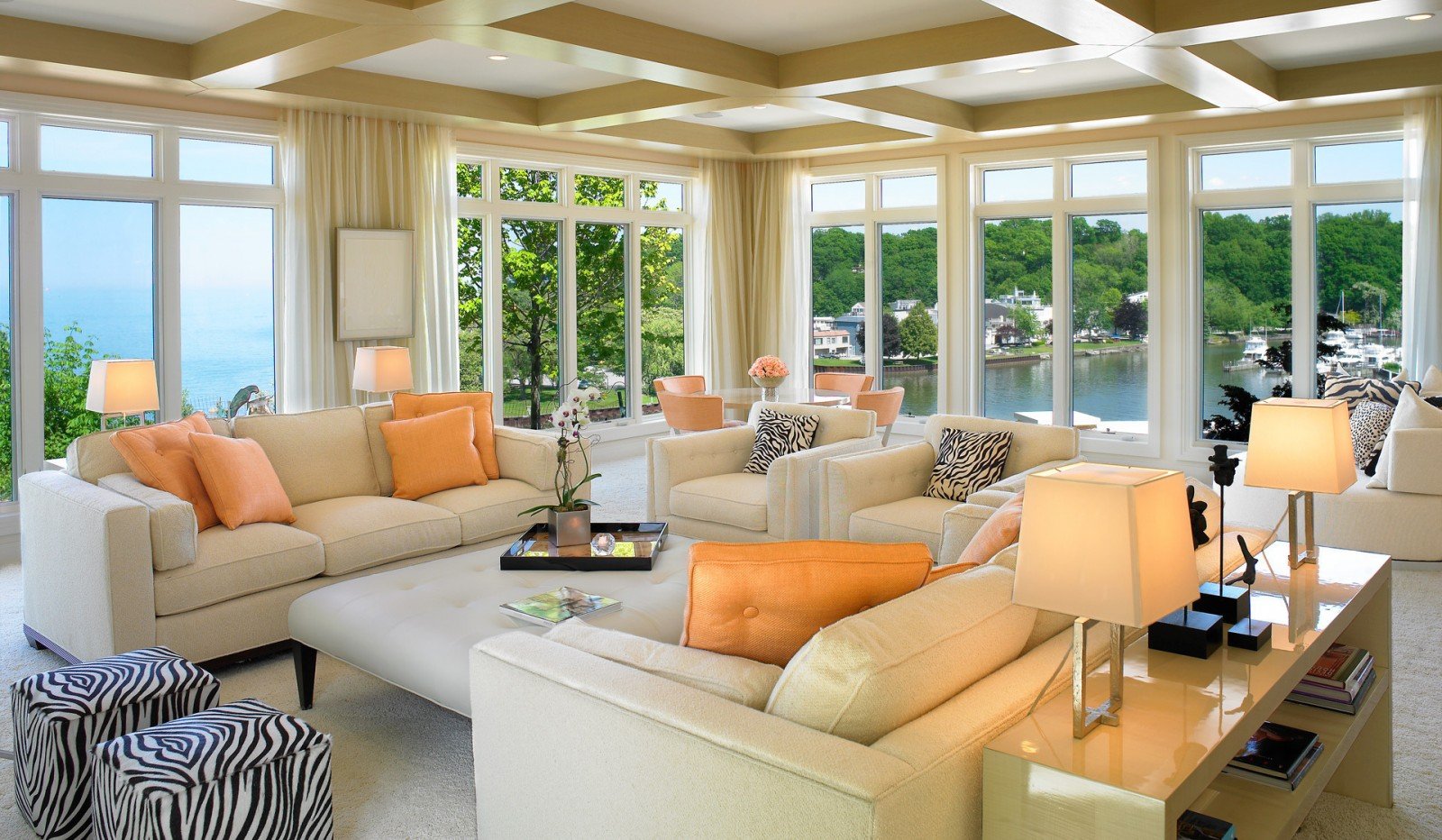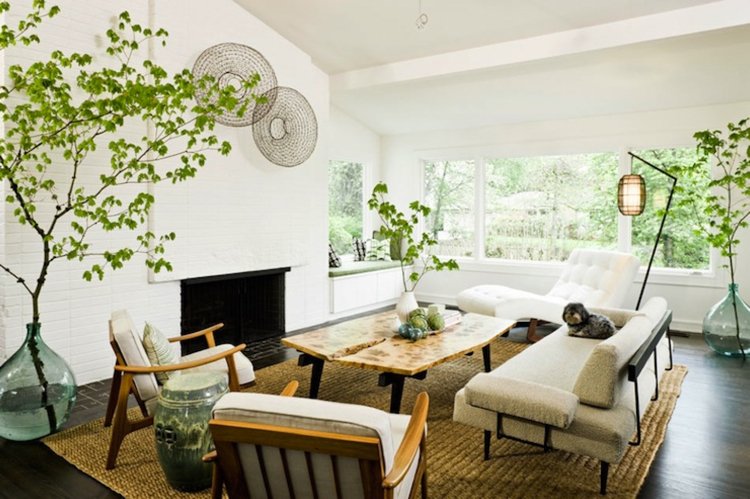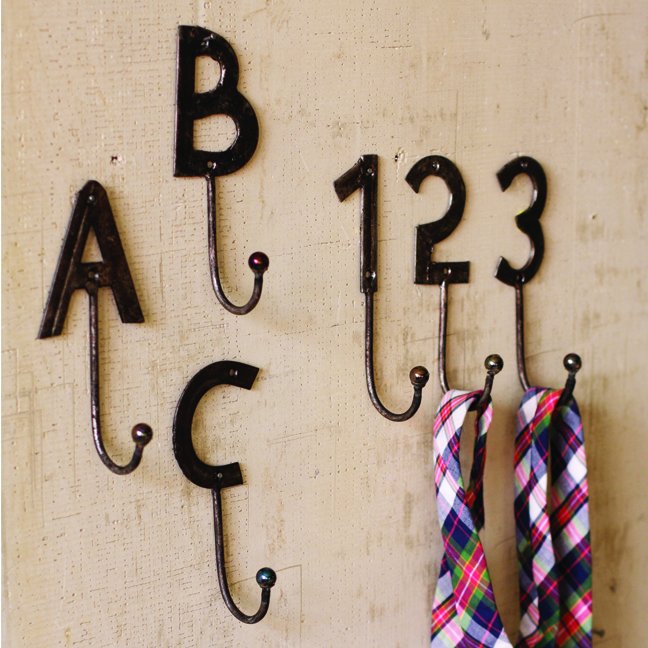Crown molding is a decorative trim installed between the ceiling and the uppermost wall. These moldings can add an elegant touch to any room in your home. However, there are several different types to choose from, and each comes with its own set of benefits.
This guide will help you better understand your options so you can make the best decision for your space.
What Is Crown Molding?
Crown molding is a decorative piece of trim used to hide the transition between the wall and ceiling. It’s typically 3 to 6 inches wide and made from either plaster, wood, or polymer-based materials. They are commonly used in living rooms, hallways, bedrooms, dining rooms, kitchens, and entryways.
Crown moldings are available in different materials such as plastic, foam, or wood. Foam crown moldings are the easiest to install because they are light and flexible.
Wood crown moldings are elegant and decorative but heavier than foam moldings and require professional installation. Plastic crown moldings are also lighter than wood but cannot be painted or stained and hence, have to be replaced when you change your paint colors.
Types of Crown Moldings
There are many different crown moldings available to match any home design. Let’s take a closer look at some of the most popular options:
Traditional Crown Moldings
These crown moldings have a rounded edge that goes around the entire piece and are usually wider on top than they are on the bottom. These types of moldings work well in rooms with traditional or antique furniture.
Cove Crown Moldings
This type has a rounded top and often features ogees, which are curved designs that follow along the length of the molding. Cove crown moldings work well in formal rooms and rooms with traditional furniture.
Sculptured Crown Moldings
As their name suggests, these crown moldings feature intricate designs carved into their surface. These types are usually more elaborate than other styles and work well in formal or traditional.
Plain Crown Molding
This is a simple type of crown molding with no ornamentation and is ideal for homes with contemporary designs. It can also fit into Craftsman-style architecture. Plain crown molding works with various materials and styles.
Dentil Crown Molding
This type of trim has square or rectangular blocks in place of ornamentation. The blocks are called dentils (or dentils). Dentil crown moldings feature a repetitive pattern that complements classic architecture styles well. This type of trim is made from wood, plaster, or PVC foam.
Crown Molding with Flat Ceiling
This crown molding is installed when your ceiling is flat or sloped at a low angle. The molding will be installed where it meets with the wall to hide any gaps between them smoothly.
Crown Molding with Cathedral Ceilings
If you have cathedral ceilings, you can install this crown molding in your house.
The Far-reaching Pros of Installing Crown Moldings
Improve aesthetics
Crown molding adds beauty, elegance, style, and sophistication to any room regardless of its size or shape. It can be installed on low ceilings to make them appear taller.
Hide imperfections
Fixing crown moldings hide any imperfections along the seam (between the walls and ceiling). They also cover wires and pipes that run along the top of walls to give your home an elegant finish.
Add Value
Installing crown moldings is an excellent way to increase the value of your home. It will be more appealing to potential buyers down the road and make your home stand out amongst others on the market. This can potentially give you a substantial return when it comes time to sell your home.
Reduce Energy Costs
Crown moldings can be used in conjunction with other types of molding, such as baseboards and quarter-rounds, to create a seal around windows and doors. This helps prevent drafts which means less use of heating and cooling units. The less money spent on utilities, the more money in your pocket!
Save Your Walls
Crown moldings protect walls from dents and dings caused by furniture pieces bumping into them.
Considerations When Choosing Crown Moldings
Height of Your Ceiling
Most homeowners prefer larger crown molding styles in rooms with 9-foot or taller ceilings. Smaller rooms with lower ceilings should stick to simpler designs with smaller profiles that don’t draw much attention to the lower ceiling height.
Style of your home
The overall style of your home will determine what type of crown molding you should choose. In a modern home with sleek lines and interiors, a more ornate crown molding would not fit well with the existing design elements. However, in an older Victorian home, a more decorative crown molding would complement the existing style very well.
Room Size/Shape
In especially large rooms with tall ceilings, larger crown moldings are more appropriate because they still won’t look too large compared to the size of the room.
Smaller spaces will look out-of-place with larger crown moldings because they’ll appear too big compared to the rest of the room.
If you have an oddly-shaped room, you can also use this technique- either highlighting or hiding certain walls with bigger or smaller moldings.
Your Budget
Wood is more expensive than other materials, but it gives a very elegant look that lasts for years. Polyurethane is cheaper than wood and still looks good, but it doesn’t have the same sleek look. Plaster is generally more affordable than both options and doesn’t last as long.
Complement your ceilings
Moldings that are different from the ceiling color will stand out, while matching colors will blend into the background. To draw attention to a vaulted ceiling, consider painting it a different color from the walls and pairing it with contrasting crown moldings.
Final Words
Crown moldings are now available in various styles, materials, and sizes. The design you choose will depend on which room you are using it for, the style of your home, and your personal preferences. If you’re not sure whether to choose a traditional or modern style, opt for something transitional so that it complements both styles.






